What’s New on the Snake S3
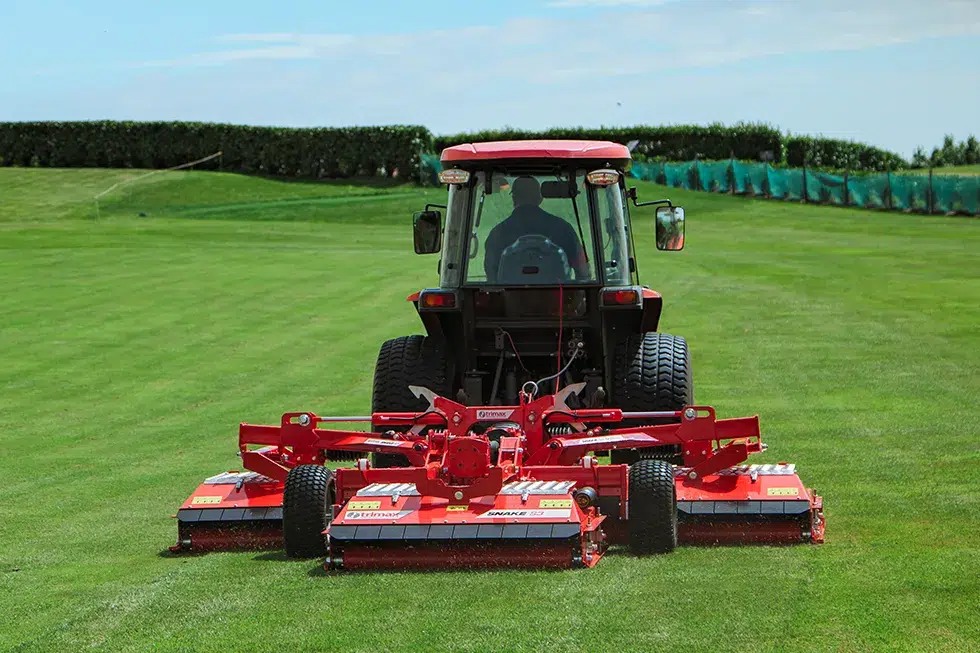
The Trimax Snake S3 enhances turf mowing with smarter efficiency, lower ownership costs, and practical upgrades for professional operators.
Trimax Unveils Revolutionary New Blade
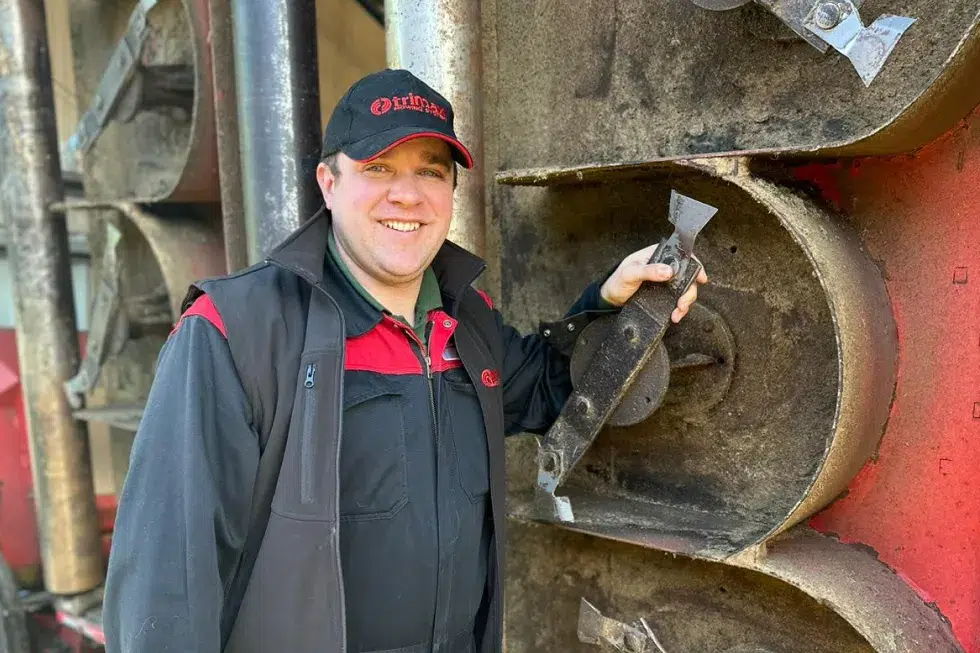
Trimax NexaBlades represent a leap forward in mower blade technology, tailored for elite use on fine turf applications.
Behind the Scenes: The Rigorous Safety Testing of Trimax Mowers Unveiled
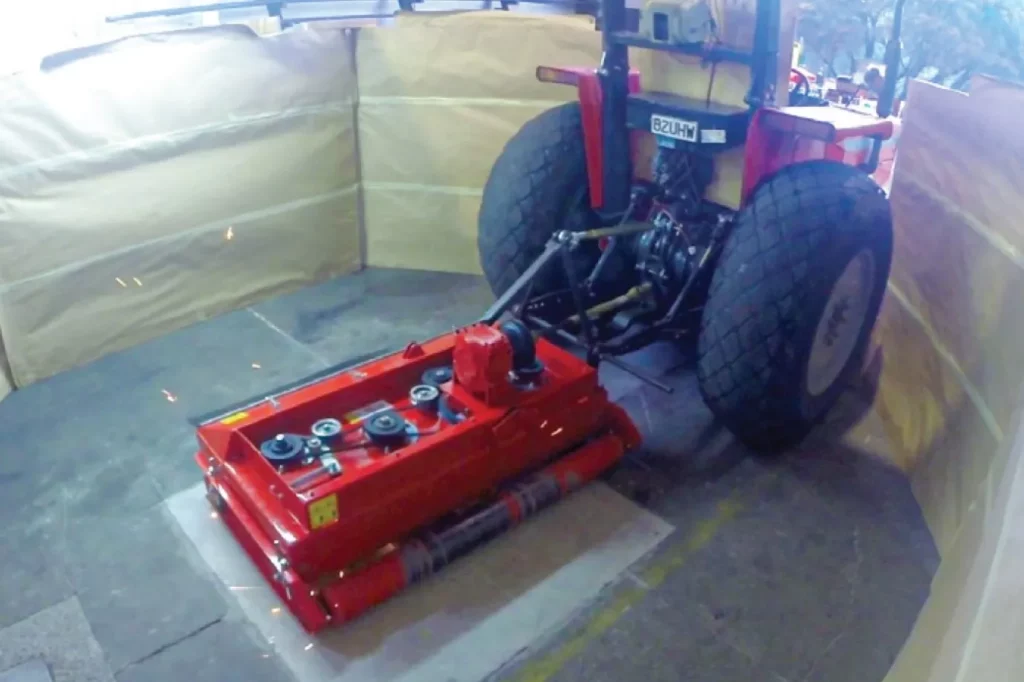
For Trimax Mowing Systems, world leader in flail and rotary cutting equipment, safety isn’t just a tick box exercise.
Why is Looking at Total Cost of Ownership Important When Buying Machinery?
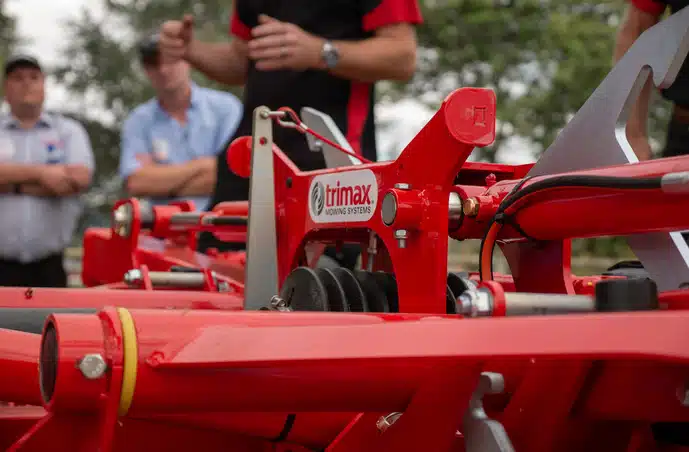
We look at why it’s important to consider the lifetime costs of your new machinery including productivity, fuel, maintenance, price and more.
The “Why” of Trimax Genuine Parts
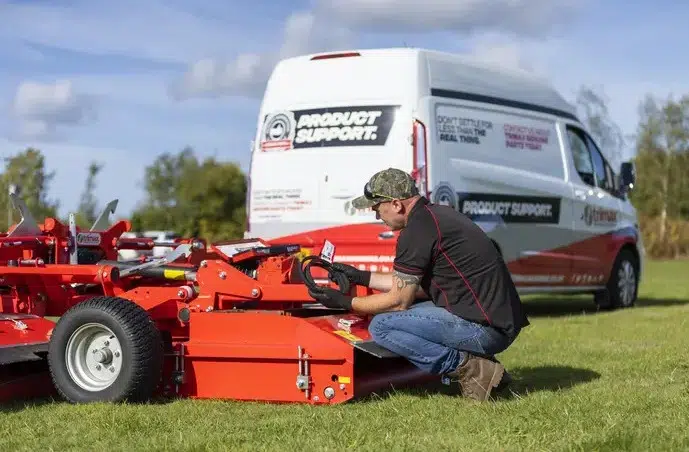
Trimax presents the case for using Trimax Genuine Spare Parts when doing maintenance or repairs on your mower.
Introducing the Trimax Owners & Operators Club
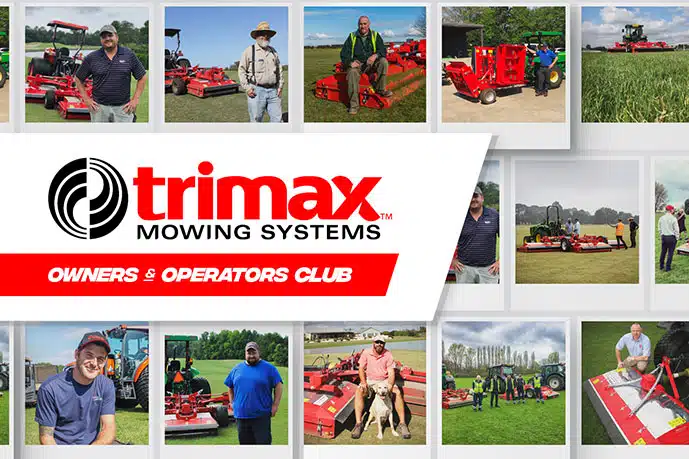
We’re excited to announce the launch of the Trimax Owners & Operators Club where we aim to build a strong community and support network.
New Trimax Brand Video
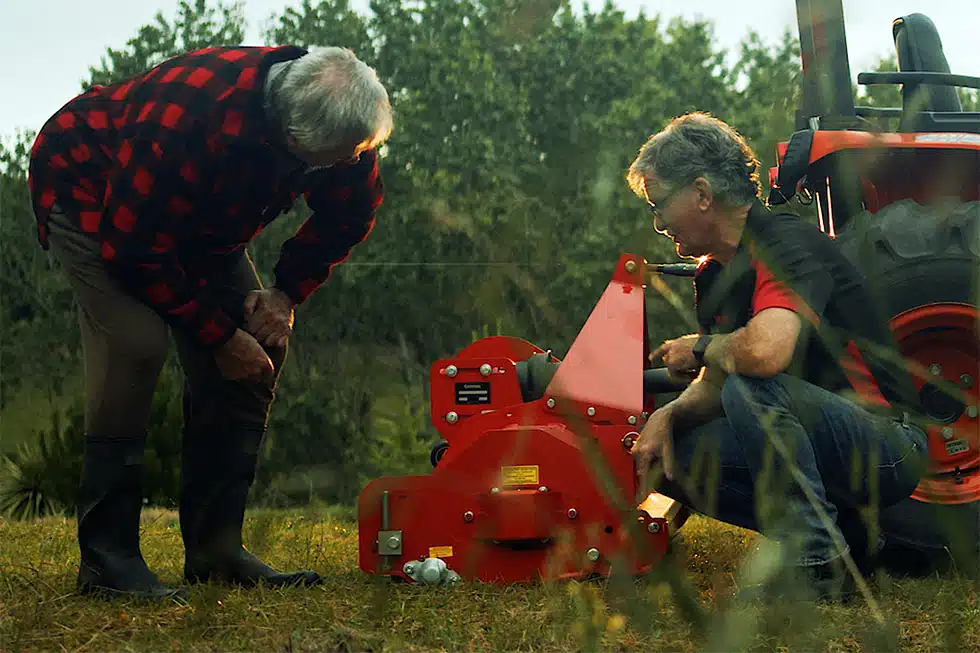
Trimax has released a new video showing insight into their brand.
Trimax Celebrates Its 40th Anniversary
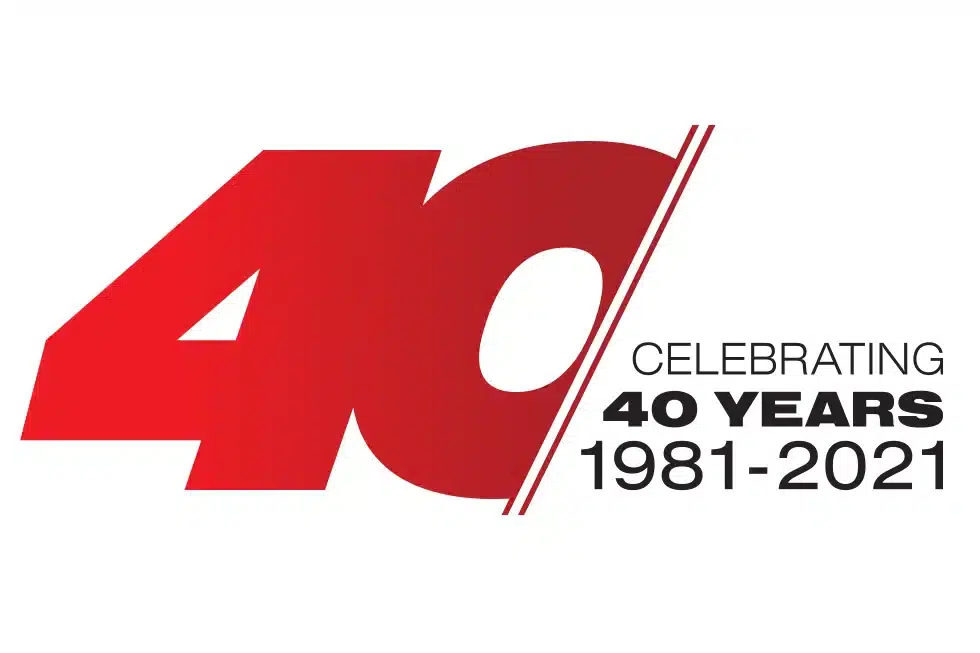
Trimax celebrates 40 years of innovation, service, and leadership in commercial mowing solutions.
Does a higher tip speed always equal a better cut?
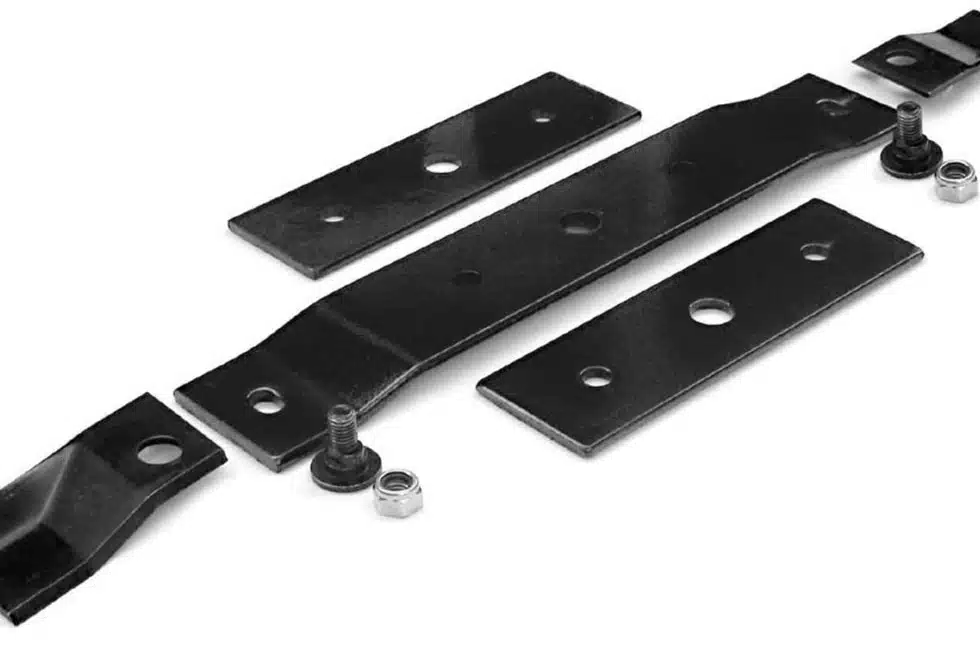
Find out why spindle speeds are just as important as blade tip speeds.
Trimax relocate to NEW site, same great service
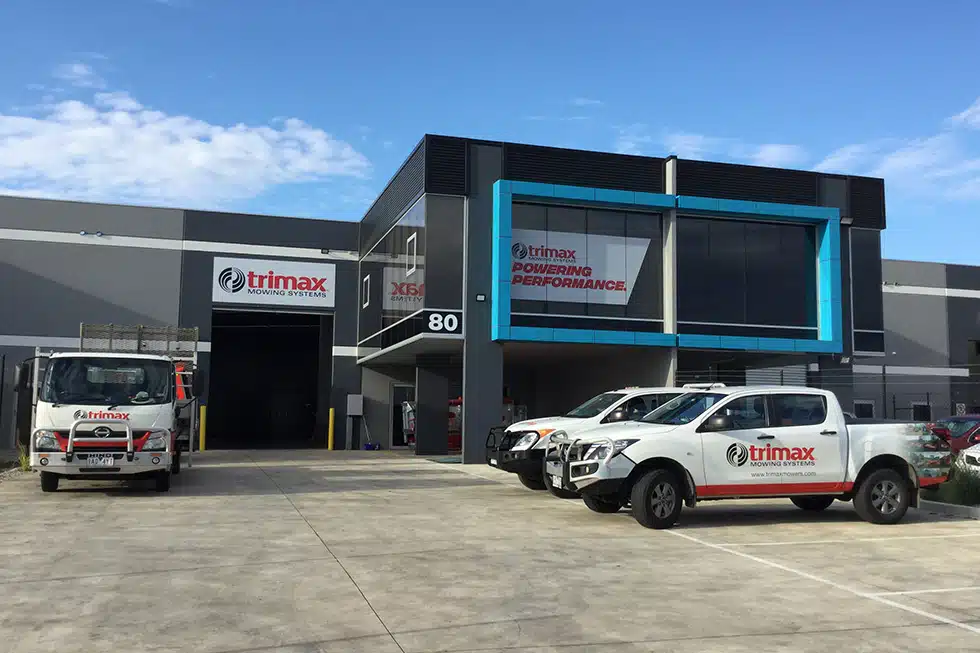
Trimax Australia has moved to a new location.
